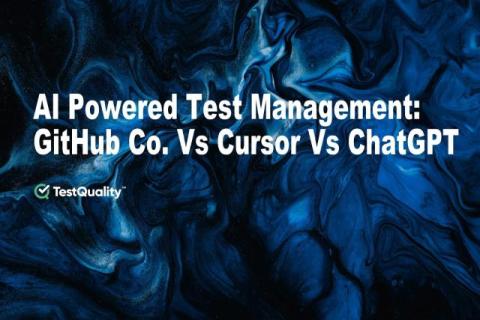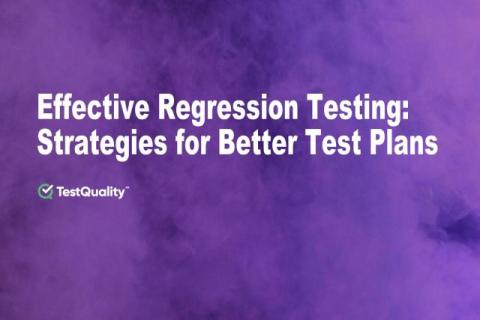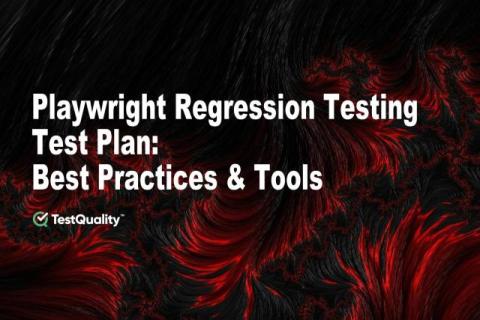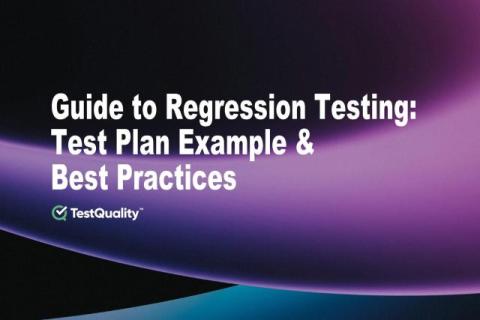AI Powered Test Management: GitHub Copilot Vs Cursor Vs ChatGPT
In today's rapidly evolving software development landscape, the Rise of AI in Software Engineering and the integration of artificial intelligence into testing processes has become increasingly crucial. As organizations embrace shift-left testing practices, the combination of AI coding assistants and robust test management tools has emerged as a game-changing approach for QA professionals and software developers.











